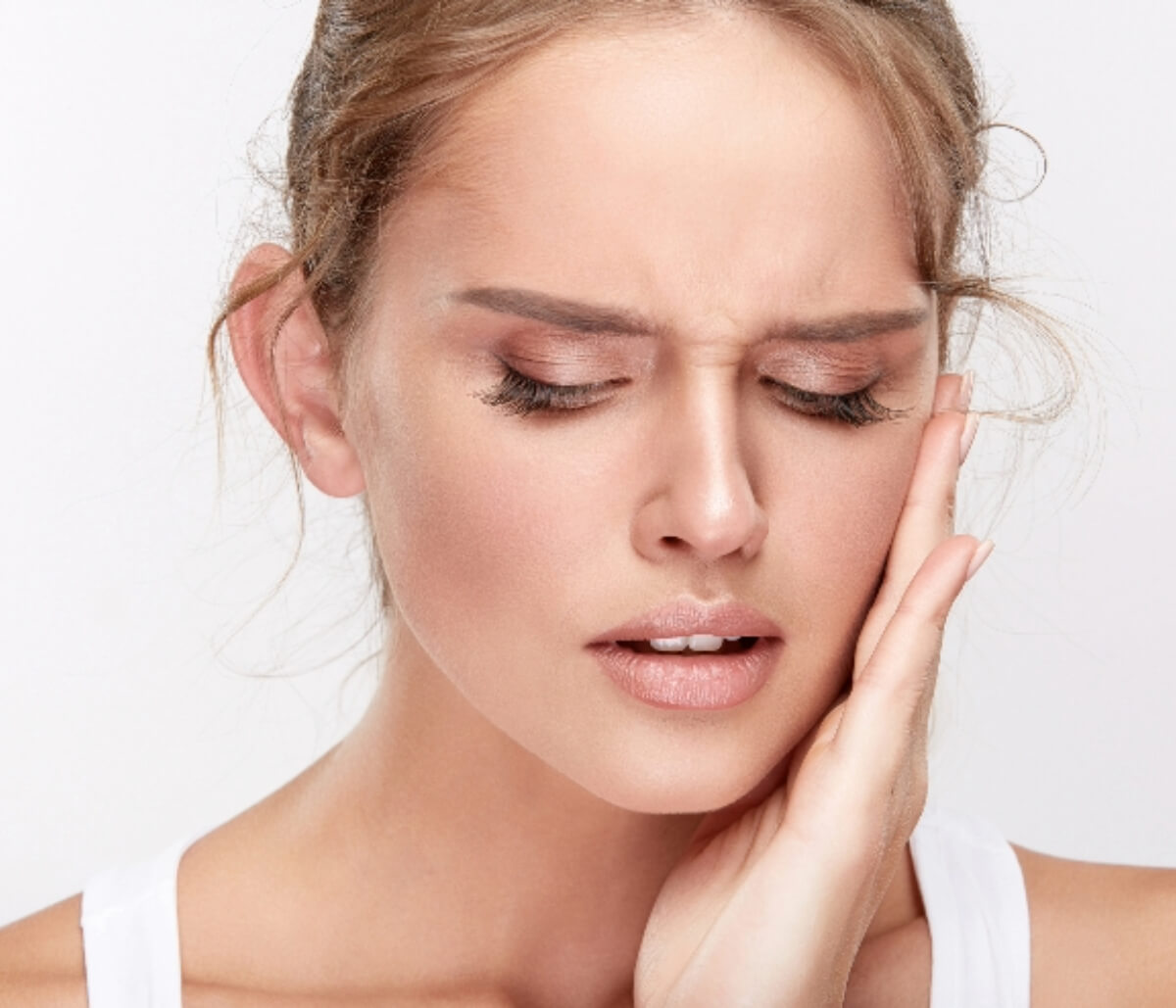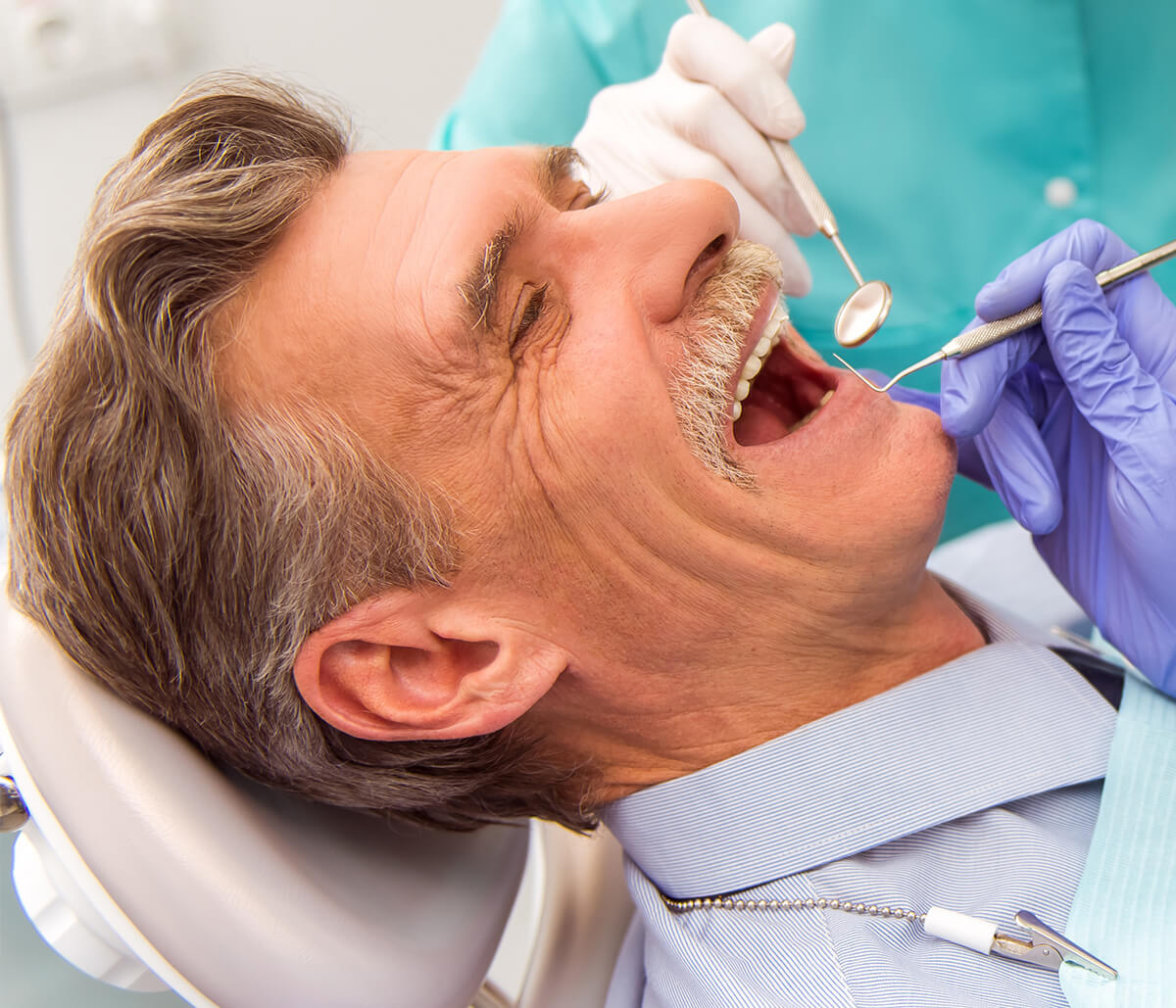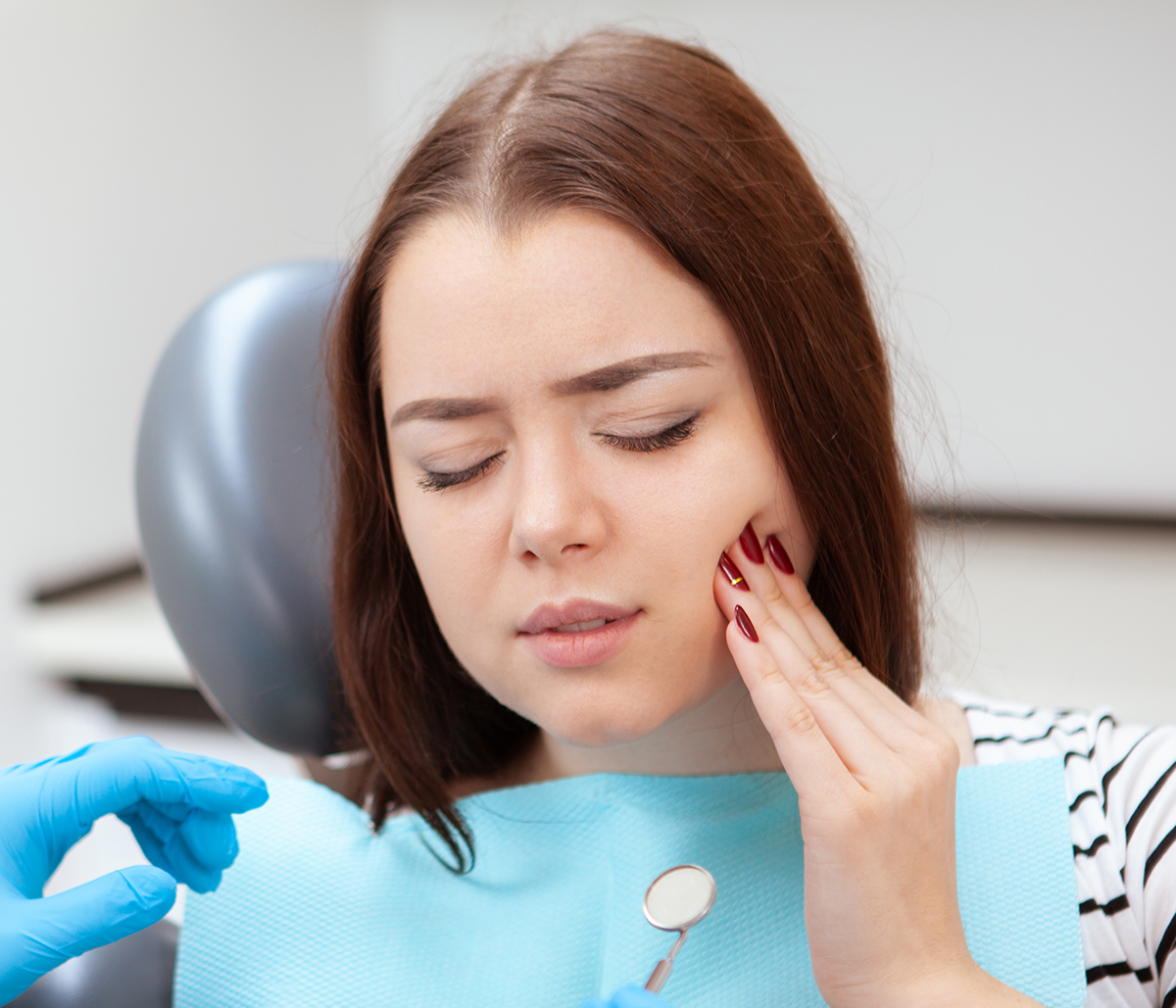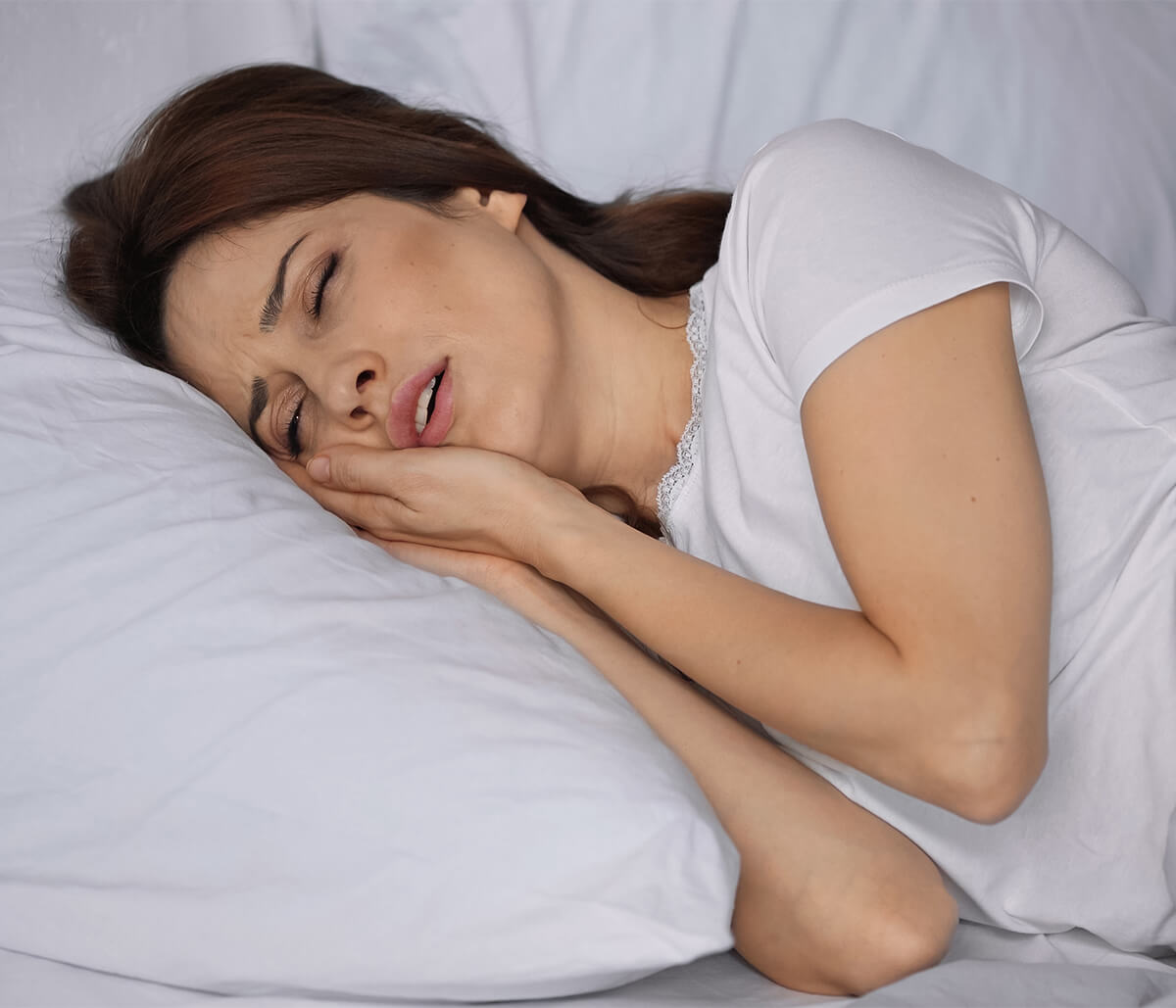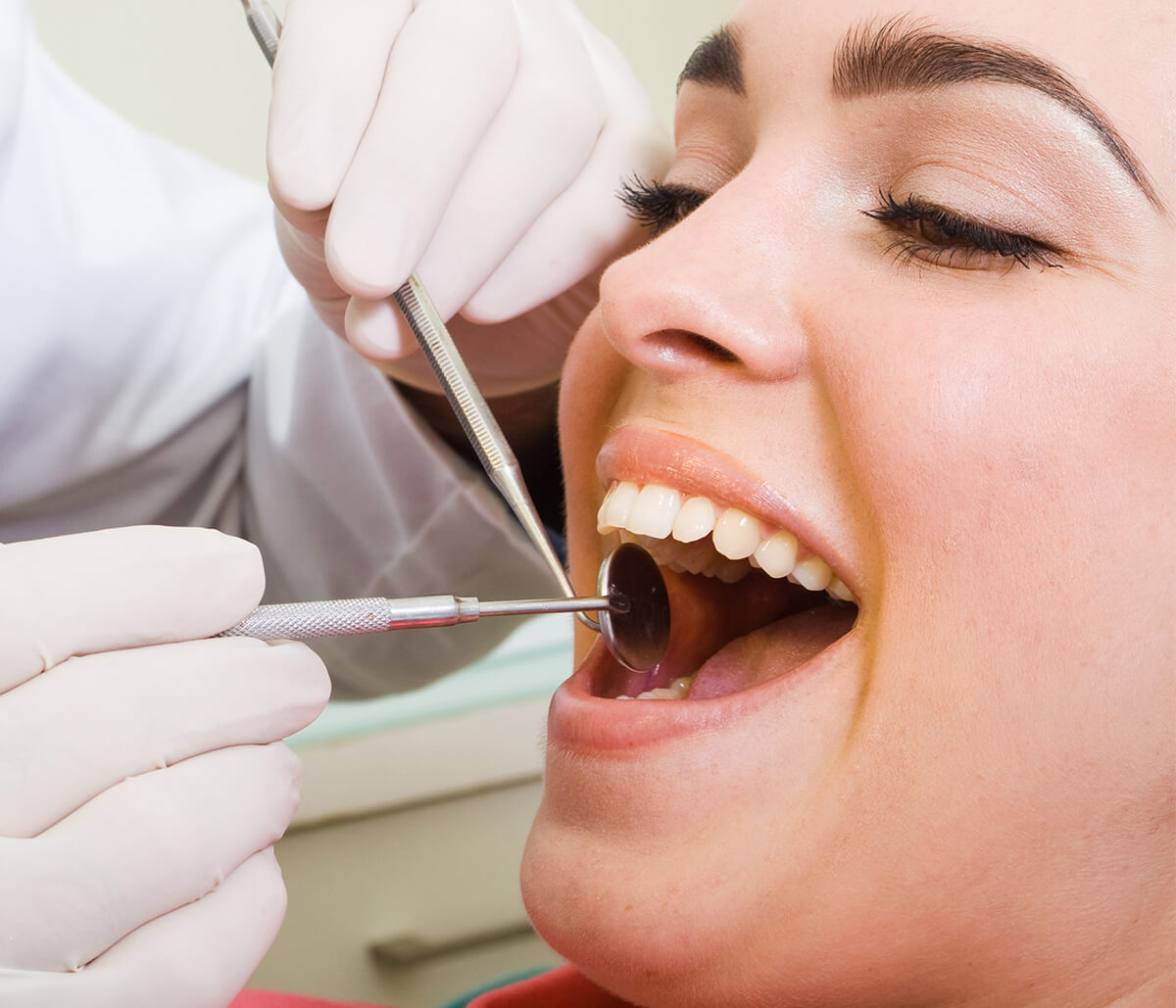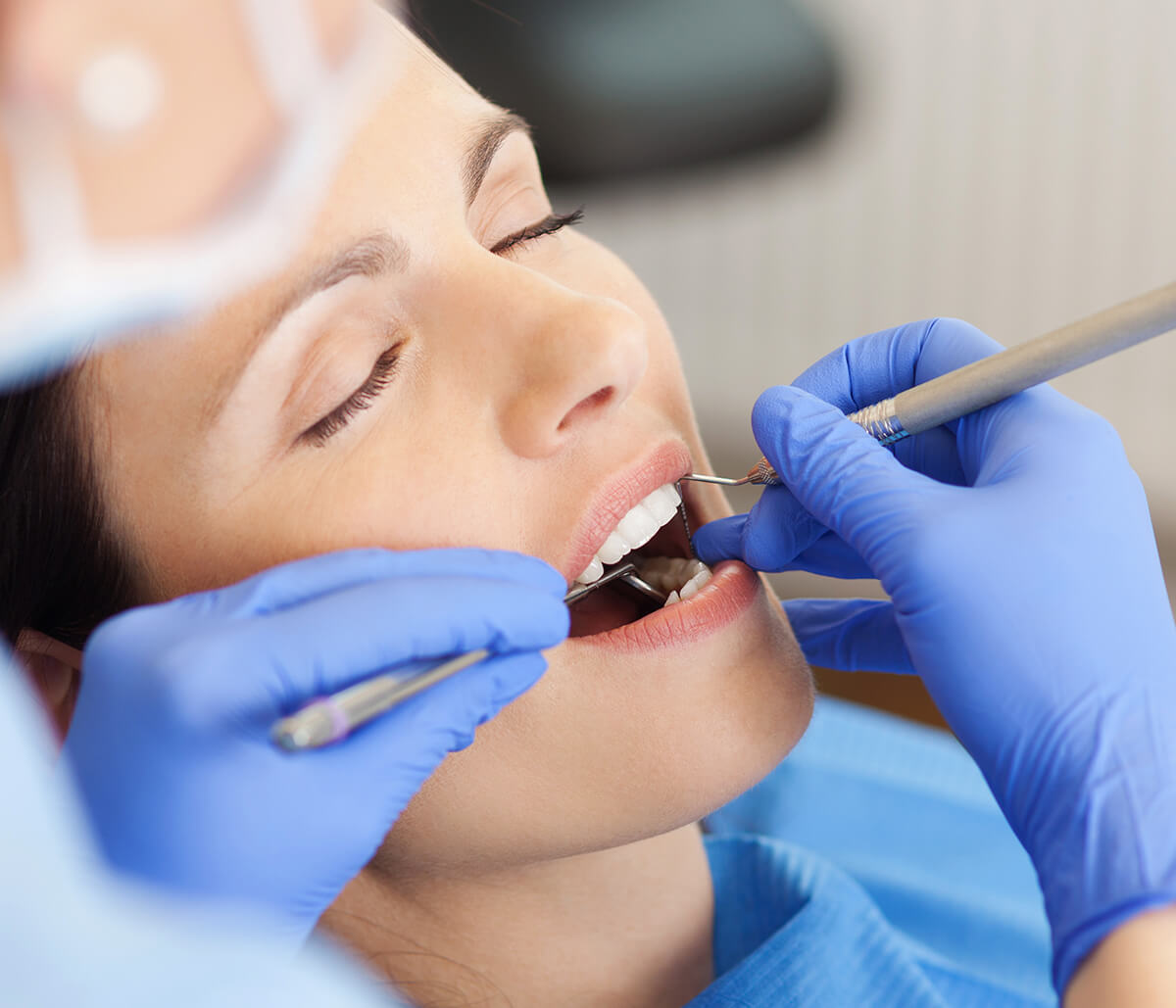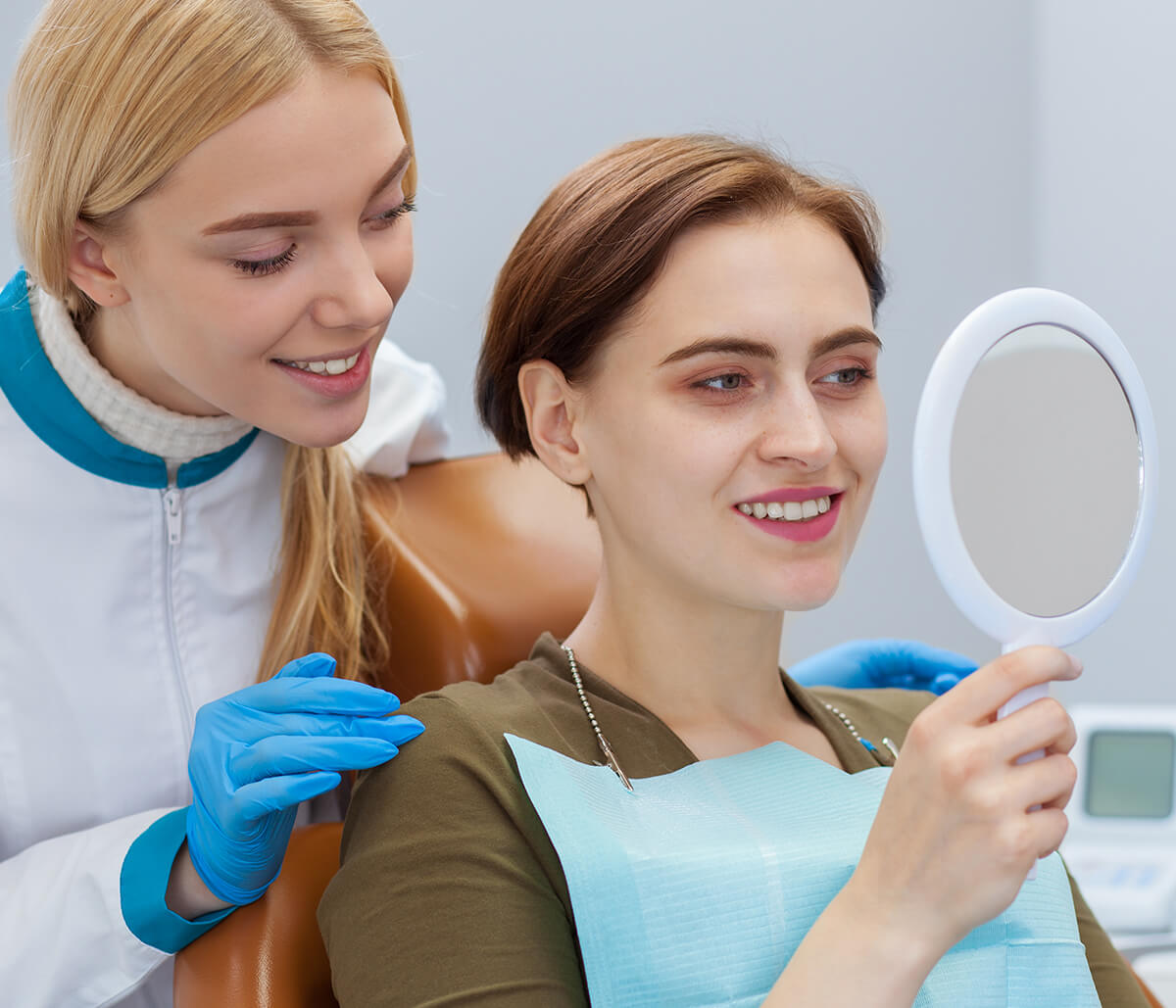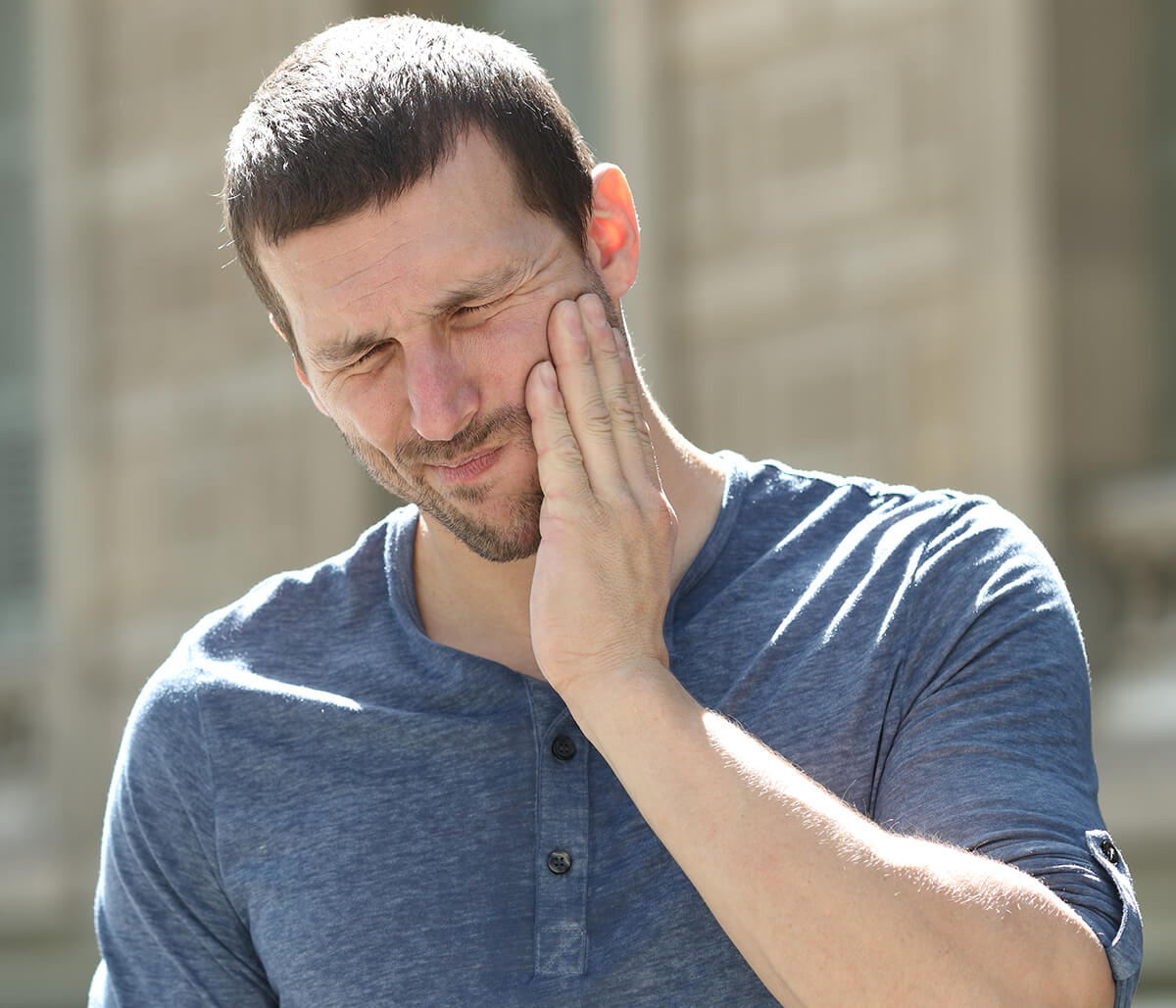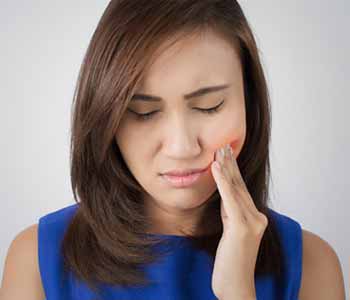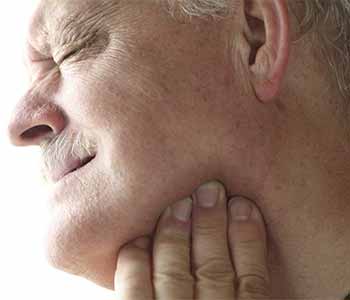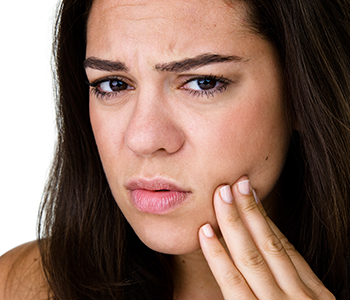Related articles
Overcoming TMJ Pain with a Simple Yet Effective Treatment
Have you been diagnosed with temporomandibular joint disorder (TMD)? You’ve come to the right place
Effective Treatment Options for TMJ Pain and Discomfort
When you have headaches, the last place you hope to find relief is in
TMJ Disorder and Its Treatment Options
Residents in and around Kirkland, Washington, who suffer from TMJ disorder or jaw
Discover Lasting Pain Relief with TMJ Treatment
At the back of the jaw, the temporomandibular joints (TMJs) rotate to allow the
Find Relief with a Dentist for TMJ Disorder
If you’re experiencing jaw pain, you may be suffering from bruxism, the clinical name
Pain-free Dental Visits for TMJ Treatment with Sedation Dentistry
Are you tired of suffering from symptoms such as jaw and neck pain or
Why Should you Choose a Kirkland, WA Dentist for TMJ?
If you live in or around Kirkland, WA, and you need an established dentist,
What is the TMJ disorder, and what is the best way of treating it for Kirkland, WA patients?
The TMJ, or “temporomandibular joint,” is the jaw joint that hinges the upper and
Treatment options for Kirkland, WA area patients with TMJ disorders
Dr Ann Kelley of Kirkland, WA is a dentist who offers a wide range
How are patients in Kirkland, WA identifying symptoms of a TMJ disorder
The temporomandibular joint, or TMJ, operates as a sliding axis connecting your jawbone to your skull
There
Kirkland patients ask, “What is the best TMJ pain treatment?”
Many patients clench their jaws or experience tightness at some point This may be
Benefits of working with a TMJ professional in Kirkland, WA and discussing dental symptoms
Dr Ann Kelley of Kingsgate Dental in Kirkland, WA is a dedicated dentist who is
Dentist in Kirkland, WA discusses the symptoms of TMJ
Is there a clicking in your ears when you yawn? Do your ears hurt when you eat?



